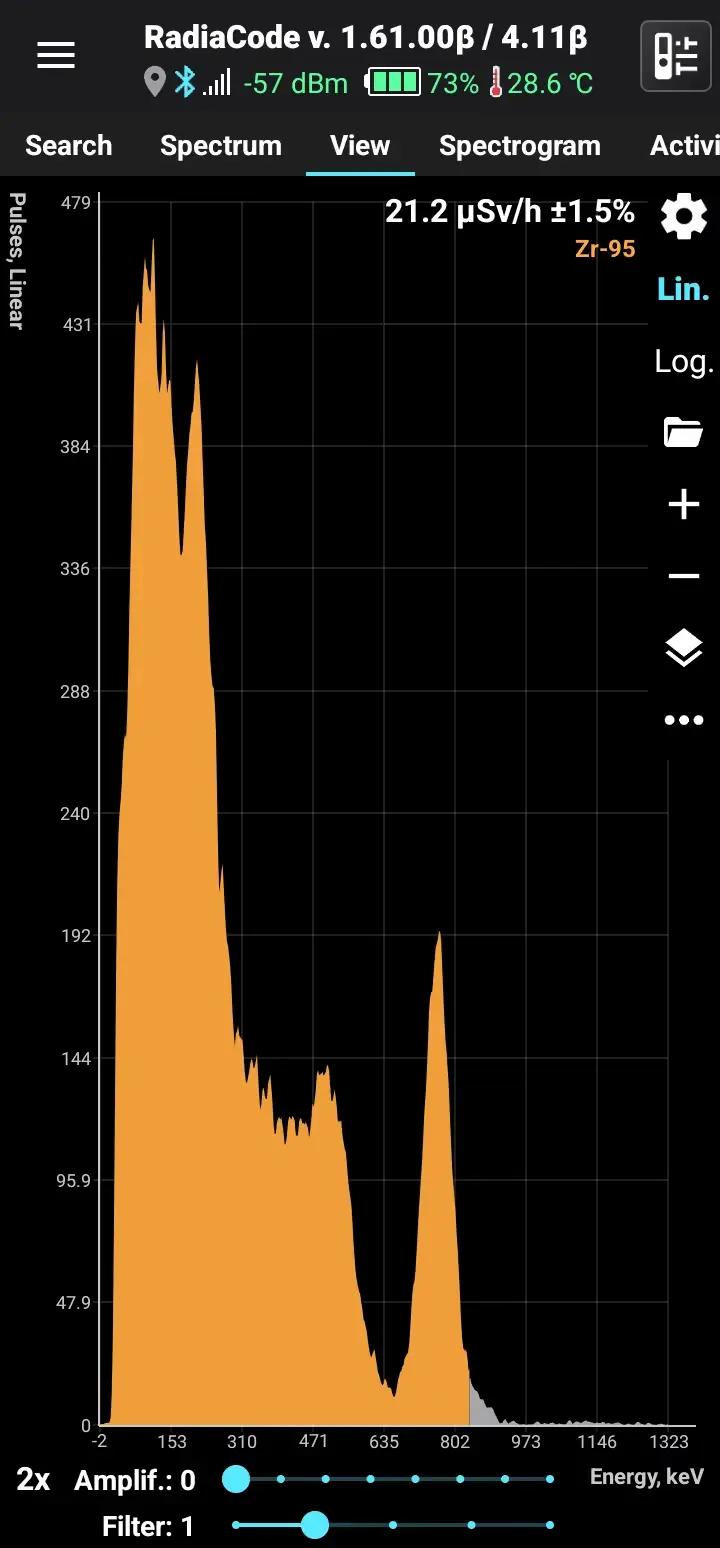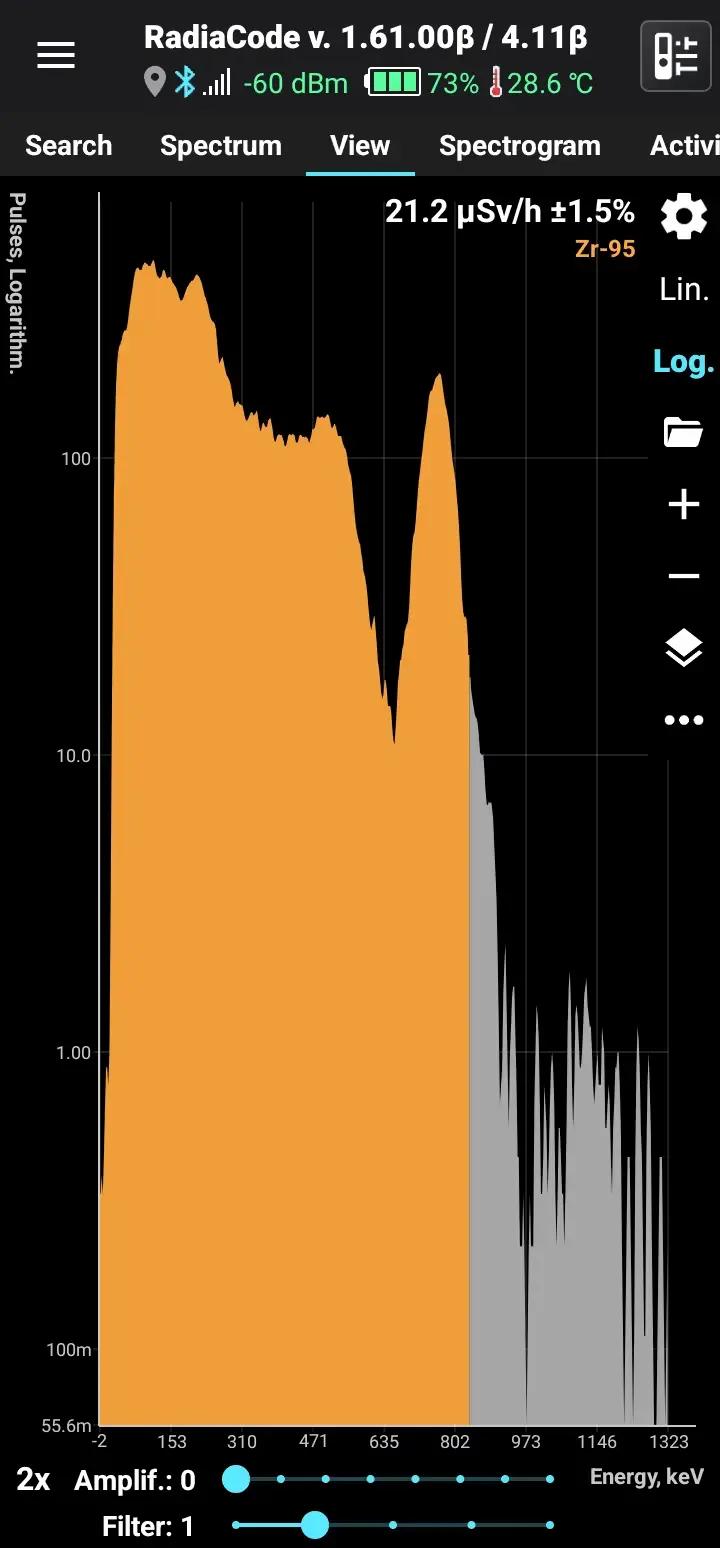
Zirconium-95 (Zr-95) is a radioactive isotope of zirconium with a half-life of approximately 64 days. It decays by beta emission, producing niobium-95, which itself is radioactive. During its decay, Zr-95 emits gamma radiation, making it detectable through gamma spectrometry. Zr-95 is a fission product of uranium and plutonium in nuclear reactors and is commonly associated with nuclear waste and fallout from nuclear weapons testing or reactor accidents.

Zr-95 is primarily used in scientific research and nuclear monitoring. It serves as a tracer to study the behavior of fission products in reactor systems and the environment. Its gamma emissions are also utilized to calibrate radiation detection equipment. In environmental studies, Zr-95 helps in understanding the dispersion and impact of radioactive materials following nuclear accidents.

Zr-95 is not naturally occurring and is found only as a byproduct of nuclear fission. It is encountered in nuclear reactors, spent nuclear fuel, and areas affected by nuclear contamination. Due to its relatively short half-life, the presence of Zr-95 in the environment decreases over time, but it is closely monitored in the context of nuclear safety and environmental protection.


Zr-95
Zirconium-95
Half-life: 64 days Main emission lines: 724, 756 keV
Decay mode Beta-
Beta-
| Avg. En., keV | Intensity, % | Decay En., keV |
| 109.4 | 54.46 | (366.9) |
| 120.6 | 44.34 | (399.4) |
| 327.2 | 1.08 | 887 |
Gamma
| Energy., keV | Intensity, % |
| 756.725 | 54.38 |
| 724.192 | 44.27 |
X-rays
| Energy., keV | Intensity, % |
| 16.615 | 0.30 |
| 16.521 | 0.158 |
| 18.608 - 18.983 | 0.090 |
| 18.608 - 18.781 | 0.078 |
| 1.903 - 2.695 | 0.031 |
| 18.950 - 18.952 | 0.0117 |